The deck squat is an underrated yet highly effective movement that blends strength, control, and mobility into one smooth, functional exercise. Popularized through functional fitness and CrossFit circles, deck squats and their variations—especially when performed with kettlebells—are a versatile addition to any serious training regimen.
What Is a Deck Squat?
At its core, a deck squat is a full-body movement that combines a deep squat, a controlled roll onto the back, and a dynamic return to standing. It’s not just about raw strength—mobility, balance, and timing all play major roles.
Here’s a simple breakdown:
-
Begin in a standing position.
-
Squat down and roll back onto your upper back, bringing your knees toward your chest.
-
Use momentum and core engagement to roll forward and stand up in one fluid motion.
Though it may look playful or gymnastic, the deck squat requires significant body awareness. Beginners often find the movement humbling at first, but with practice, it becomes a smooth, almost meditative sequence.
Benefits of Deck Squats
Deck squats offer a wide range of benefits:
-
Full-body coordination: Engages core, quads, glutes, hip flexors, and back stabilizers.
-
Mobility and flexibility: Encourages deep hip and ankle range of motion.
-
Cardiovascular challenge: Performed in sets, they’ll get your heart rate up fast.
-
Explosive power: Builds the ability to drive through your legs with speed and control.
Kettlebell Deck Squat Variations
Adding load turns the movement into a strength-builder. The deck squat with a kettlebell—sometimes called the kettlebell deck squat—adds resistance, forcing you to stay tight and focused throughout the roll and rise.
How to do it:
-
Hold a light to moderate kettlebell close to your chest.
-
Perform the same rolling movement, maintaining a firm grip and upright posture.
-
Use the kettlebell’s counterweight to assist with balance during the return to standing.
This variation particularly targets the core and upper body, making it ideal for athletes or lifters seeking more out of their conditioning work.
Rolling Deck Squats in CrossFit and Functional Training
In CrossFit, the deck squat often shows up in warm-ups, skill sessions, or as part of a WOD (Workout of the Day). It’s especially valuable in developing explosive hip extension and learning how to move efficiently from the ground to standing.
Rolling deck squats also serve as a great teaching tool. They reinforce proper squat depth, spinal alignment during dynamic movements, and controlled breathing—all elements that transfer to Olympic lifts, gymnastics, and even endurance work.
Personal Insight: From Struggle to Flow
When I first encountered the deck squat, it wasn’t in a gym—it was during a martial arts class. Our instructor used it as a mobility drill. At the time, I lacked the ankle flexibility and core strength to stand up smoothly. It felt awkward and frustrating. But after integrating it into my training routine a few times per week—starting with bodyweight only, then progressing to a light kettlebell—I noticed significant changes.
Not only did my hip and ankle mobility improve, but my squat depth and posture also felt more natural. More surprisingly, I found myself moving better in daily life—getting off the floor with ease, controlling my center of gravity during sports, even rehabbing from a minor back strain without fear of movement.
The deck squat became a personal benchmark—not for how much I could lift, but how well I could move.
Final Thoughts
Whether you’re a CrossFitter, a kettlebell enthusiast, or just someone looking to improve functional strength and mobility, the deck squat deserves a place in your routine. It’s simple in concept but deep in value. Start with bodyweight, practice the roll, and don’t rush the process. As your control and confidence build, add a kettlebell and explore just how much this one movement can offer.
Train smart, move better—and roll with purpose.




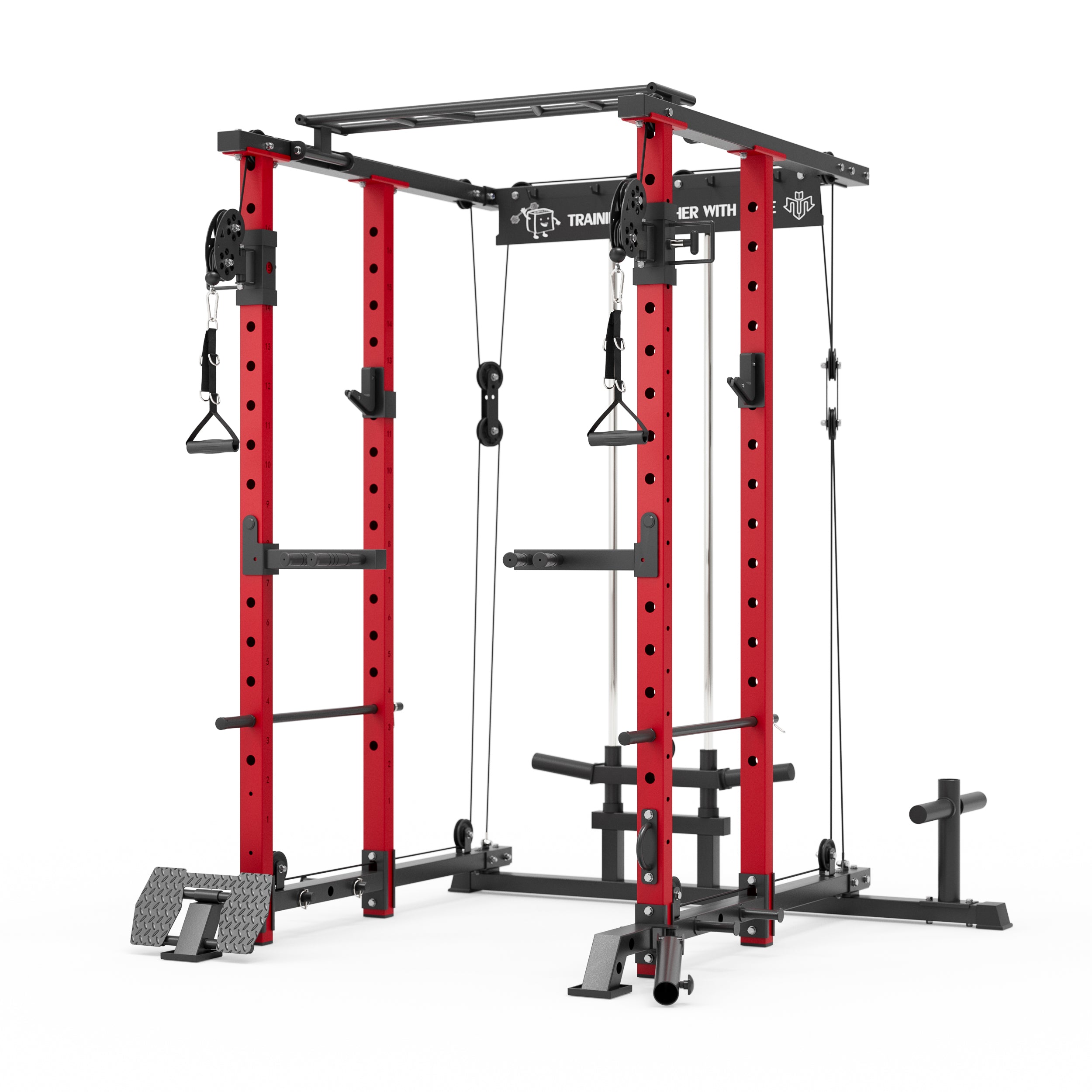


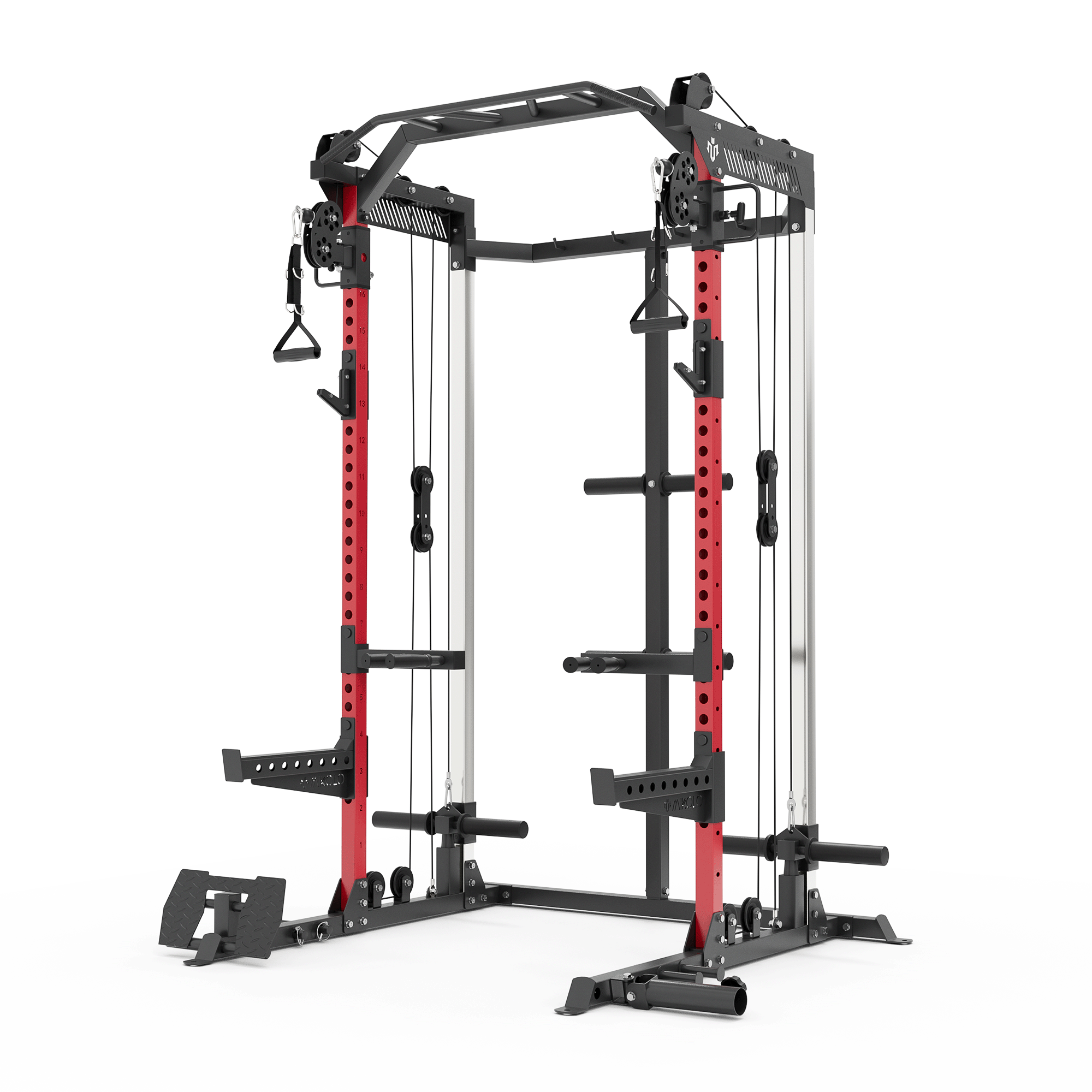




















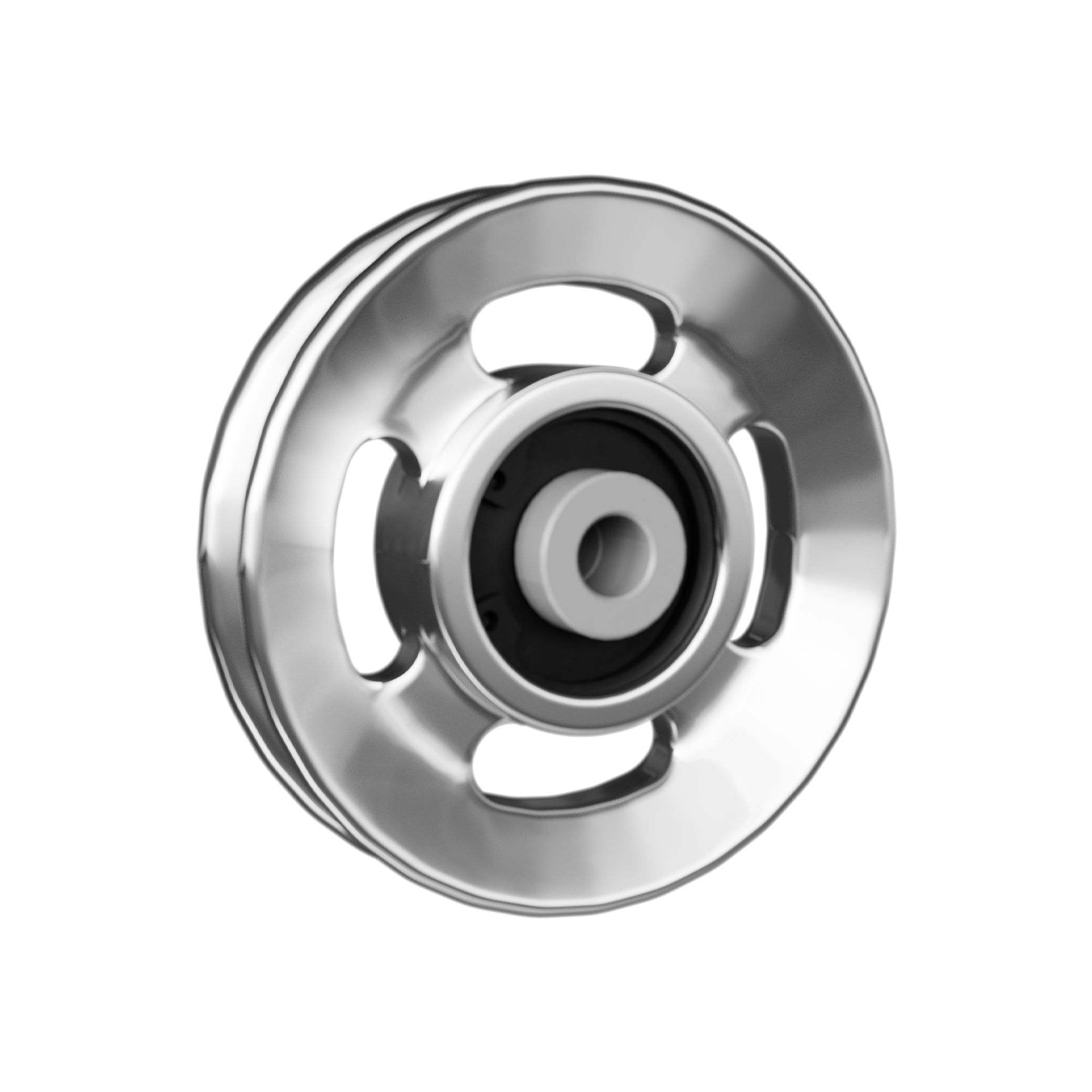



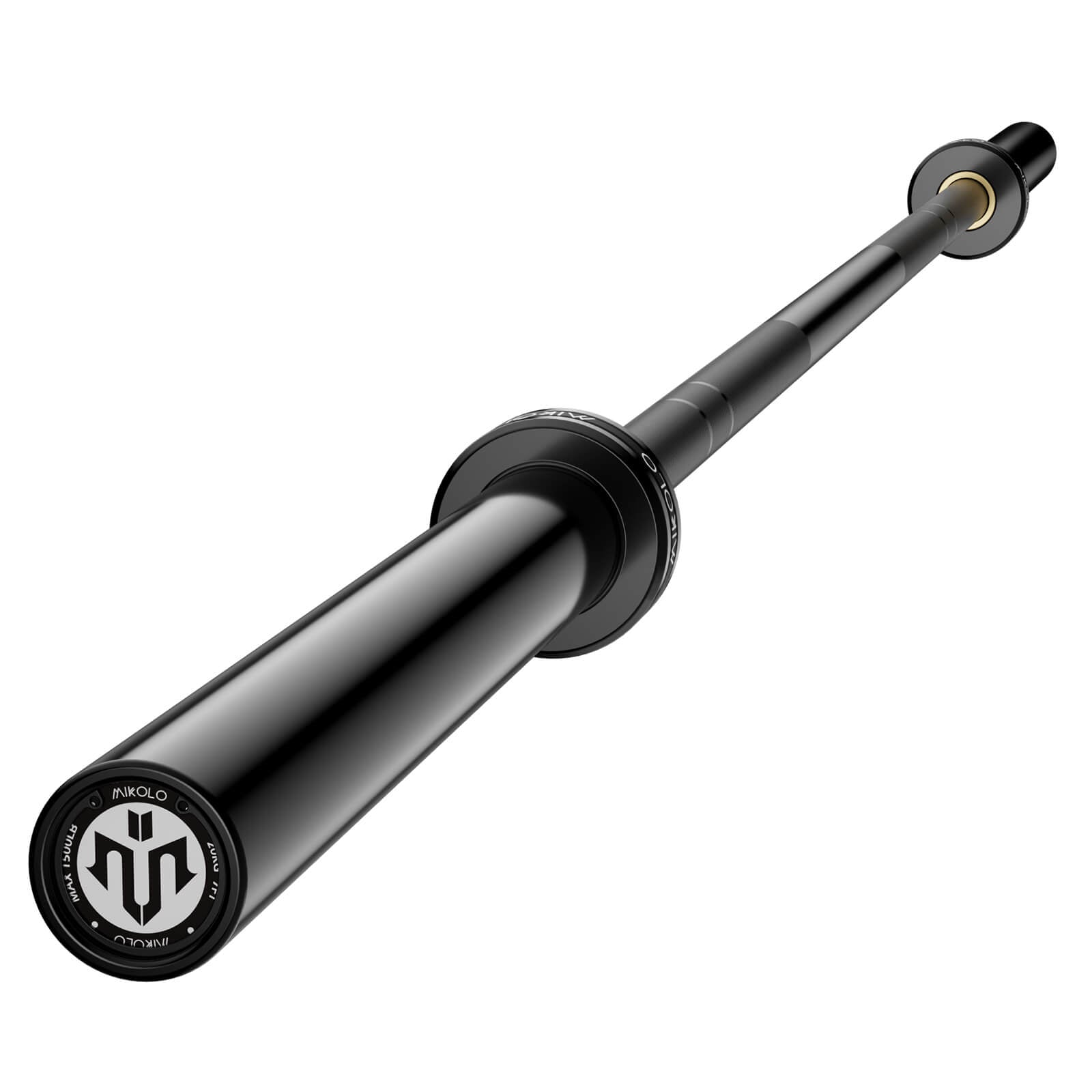




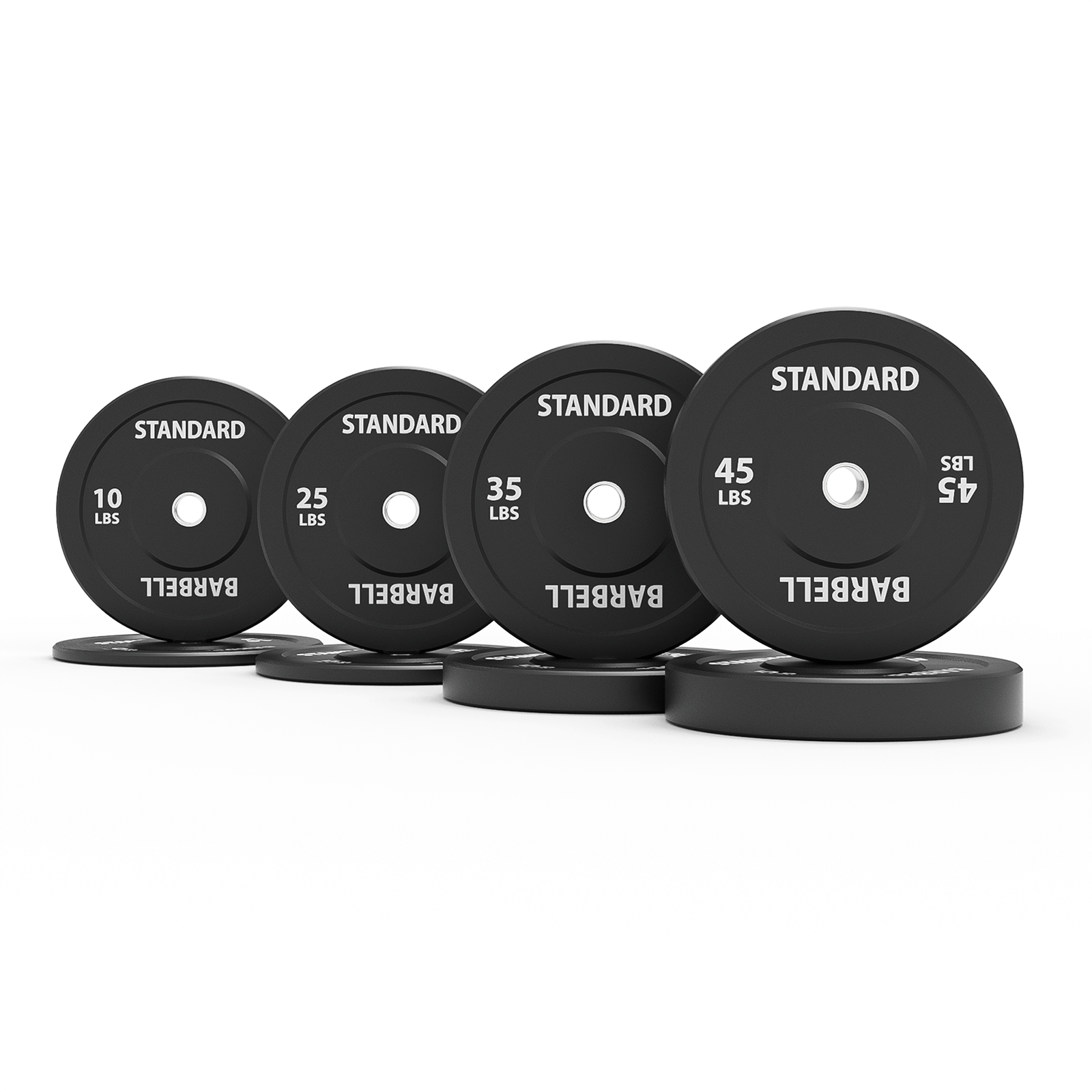




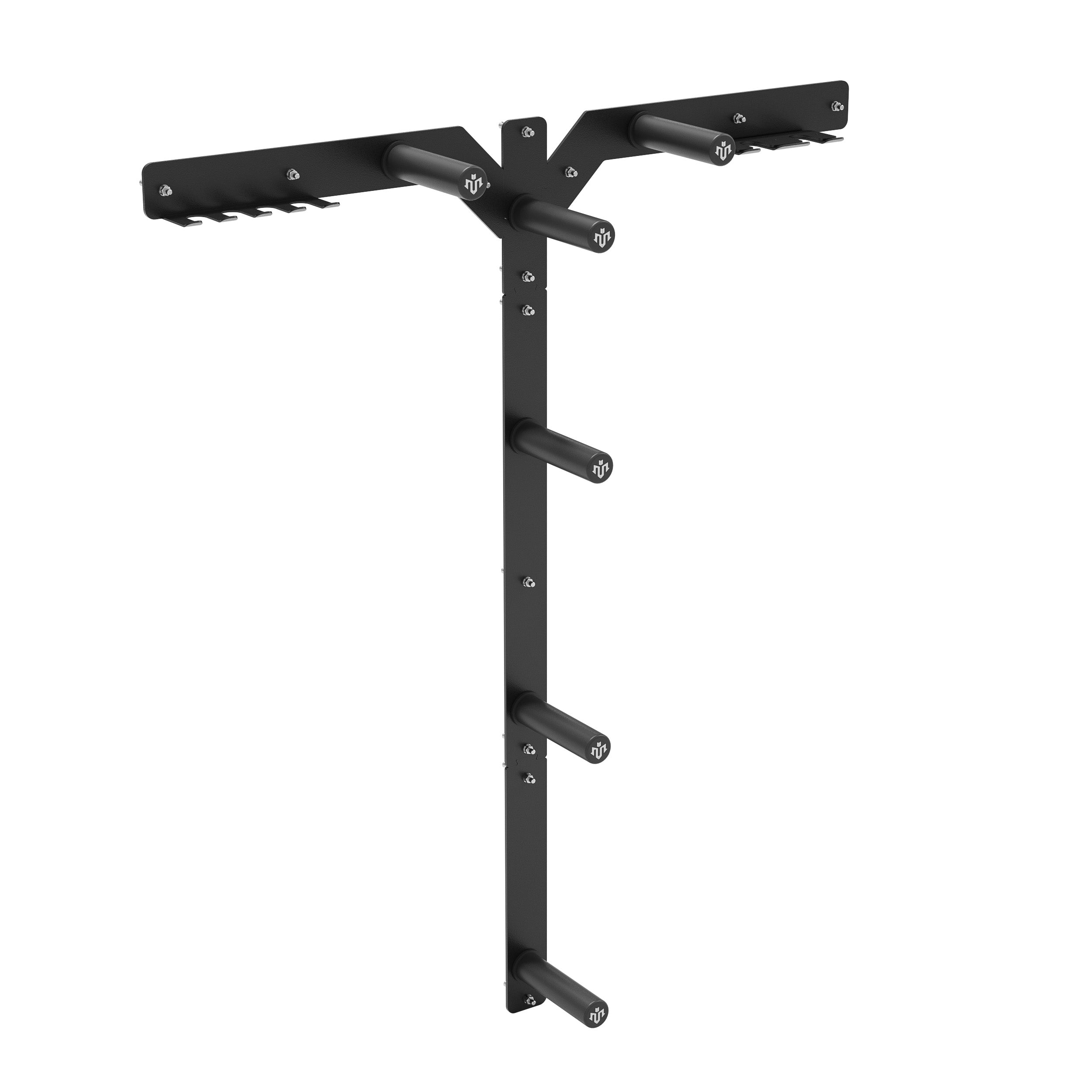




Leave a comment
This site is protected by hCaptcha and the hCaptcha Privacy Policy and Terms of Service apply.